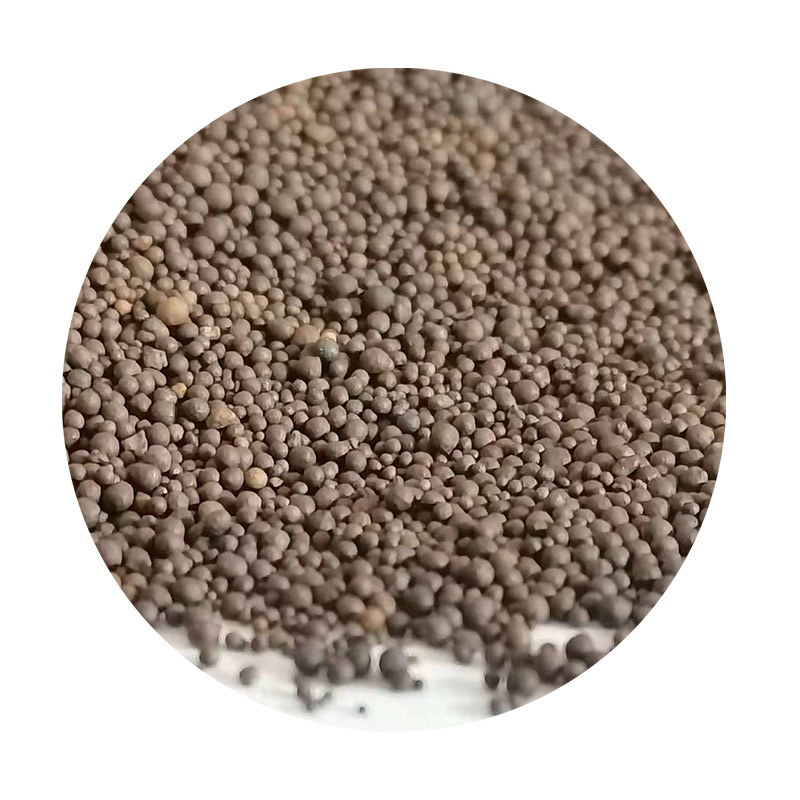The Future of Construction Sand 3D Printing
In recent years, the construction industry has seen a remarkable transformation with the advent of new technologies. One of the most innovative methods gaining traction is sand 3D printing. This technology harnesses the potential of additive manufacturing to create intricate and durable structures using sand as the primary material. As the world seeks sustainable and efficient construction methods, sand 3D printing stands out as a promising solution.
What is Sand 3D Printing?
Sand 3D printing, or sand-based additive manufacturing, involves the layer-by-layer deposition of sand to form complex shapes and structures. This process begins with a digital model created using computer-aided design (CAD) software. The printer then uses a binder to selectively adhere grains of sand, solidifying them into the desired shape. Once the printing is complete, the unbound sand is removed, leaving behind a sandcast or structure that is both lightweight and robust.
Advantages of Sand 3D Printing
One of the most significant advantages of sand 3D printing is its sustainability. Traditional construction methods often rely on concrete, which has a substantial carbon footprint due to cement production. Conversely, sand is abundant and can be sourced locally, significantly reducing the environmental impact. By minimizing material waste and energy consumption, sand 3D printing aligns with the growing demand for eco-friendly construction practices.
Moreover, the precision offered by 3D printing allows for the creation of complex geometries that are often impossible to achieve with conventional techniques. This capability enables architects and engineers to explore innovative designs, pushing the boundaries of aesthetics and functionality. The ability to produce customized structures on-site can lead to significant reductions in transportation costs and time, further enhancing efficiency.
Applications in the Construction Industry
sand 3d print

Sand 3D printing has various applications, ranging from small architectural models to large-scale construction projects. It is particularly suited for creating molds for casting concrete structures, allowing for intricate patterns and shapes that traditional methods cannot replicate. In regions prone to natural disasters, such as earthquakes or flooding, sand 3D printing can facilitate the rapid construction of resilient housing solutions.
One exciting application is in the realm of affordable housing. With the global population on the rise, the demand for affordable living spaces is more pressing than ever. Sand 3D printing provides a cost-effective means of construction, reducing labor costs and material expenses. This technology can potentially revolutionize the way we think about housing, making it more accessible to underserved populations.
Challenges and Future Prospects
Despite its many advantages, sand 3D printing is not without challenges. The technology is still in its early stages, and widespread adoption requires significant investment in research and development. Additionally, regulations and building codes must evolve to accommodate these new construction methods. There are also concerns regarding the structural integrity and longevity of 3D-printed materials compared to traditional construction techniques.
However, with ongoing advancements and increased interest from the construction industry, the future of sand 3D printing looks promising. As researchers continue to refine the technology, we can expect to see an increase in its application across diverse sectors. Collaborations between technologists, architects, and builders will be crucial in addressing current challenges and unlocking the full potential of this innovative approach.
Conclusion
Sand 3D printing is poised to reshape the construction landscape. By combining sustainability with the ability to create complex, customized structures, it presents a viable solution to many challenges faced by the industry today. As we move toward a more innovative and environmentally conscious future, sand 3D printing is set to play a pivotal role in how we construct our world. Embracing this technology could lead to a paradigm shift, fostering a new era of construction that is not only efficient but also sustainable and socially responsible.
Post time:Aug . 09, 2024 01:05
Next:Innovative Techniques and Applications of Sand Casting in Modern Foundry Processes and Production
